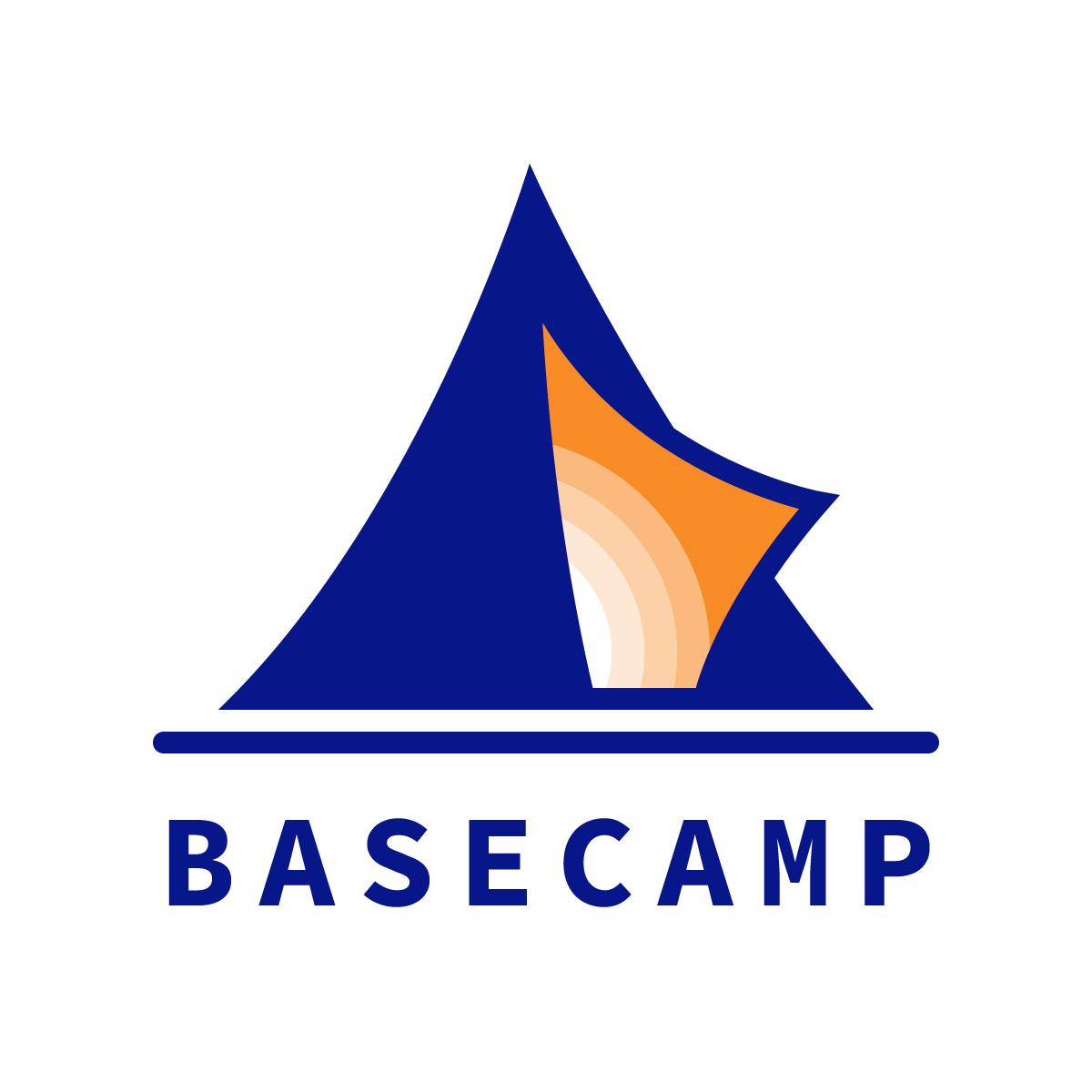What can the Gartner Hype Cycle teach us about innovation in schools?
Photo by Verena Yunita Yapi on Unsplash
Larry Ellison, the founder of Oracle, one of the largest software companies in the world, recently said, "I want a school that doesn’t teach kids what to think, it teaches them how to think."
Ellison got his wish: As detailed in this recent Getting Smart blog post, Design Tech High School, now located on Oracle’s campus, "combines personalized learning, design thinking, and maker activities with the goal of forging identities as caring citizens and young professionals."
Personalized learning, design thinking, maker activities... are those legitimate school design drivers, or just hype? In a world of accelerating change, it can be hard to keep up with learning innovations.
To separate the signal from the noise, Basecamp has created a variation on Gartner's "hype cycle" model, which plots the evolution of new technologies.
In Gartner's model, when a technology first emerges, innovators and early adopters issue over-enthusiastic responses—"inflated expectations." These hopes are rarely (if ever) realized in the short term.
As a result, the technology descends into the "trough of disillusionment" of the wider public's perception.
However, as the technology improves and the public are exposed to successful use cases, a period of "enlightenment" evolves. During this time, the early majority join the innovators and early adopters in their use of the technology.
Over time, the innovators, early adopters, and early majority work out the kinks so that the technology becomes reliable. At this point, the late majority have no practical choice but to join the ~60% who have already adopted the technology. (The laggards, of course, never choose adoption; they are forced to change. Fortunately, they are usually ~15% of the population.)
So where do learning innovations fit within the hype cycle?
The last decade has seen an increase in the number of learning innovations. The following image plots their approximate location within the hype cycle. Caveat: the Basecamp team believes that all of these "technologies" (many of which are not digital) are here to stay.
Things to the right of the "trough of disillusionment" are gradually becoming the cost of doing business, except in cases when it makes sense not to adopt the technology. (For example, many schools have dropped an official AP curriculum, but they still encourage their students to take AP exams and often prepare students through dedicated programs.)
The innovations to the left of the trough represent significant opportunities: during a "trough" period, while early market / late market peers deride the innovation, innovators and early adopters have a unique chance to widen the gap between themselves and their competition.
How might this modified hype cycle help you to think about learning innovation at your school?
***
For a comprehensive perspective on learning innovations taking place around the world, we refer you to the Brookings Institute's Can we leapfrog? The potential of education innovations to rapidly accelerate progress (2017).
***
Thank you for reading this post from Basecamp's blog, Ed:Future. Do you know someone who would find the Ed:Future blog worthwhile reading? Please let them know that they can subscribe here.



